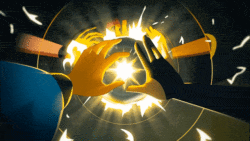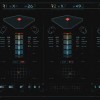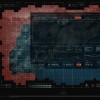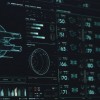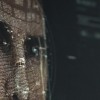Joseph Kosinski’s latest feature, Oblivion, releases today in the US, and with it comes an impressive onslaught of screen graphics directed by Bradley “Gmunk” Munkowitz.
Like the work he directed for Tron, Munkowitz’s design for Oblivion is brimming with details. Munkowitz and his team oversaw the production of assets for scores of contexts, including an interactive light table, cockpit elements for the “Bubbleship” and HUD elements for various equipment and weapons in the film.
The briefing for the Graphic Language stressed functionality and minimalism while utilizing a bright, unified color palette that would appear equally well on both a dark or bright backdrop.
The function was to reflect the modernized sensibilities of the TET Mainframe computer and would assist the characters with the key components of their duties on earth; be it the monitoring of all Vitals on the ground using Vika’s Light Table, or the various diagnostics in the air using the Jack’s Bubbleship.
For good measure, the team also designed and animated all of the HUD UI for the various machines and weaponry in the film cuz they could, establishing a consistent graphic language that rendered all the interfaces with a loverly cohesion rarely seen in them massive-budget Sci-Fi productions.


